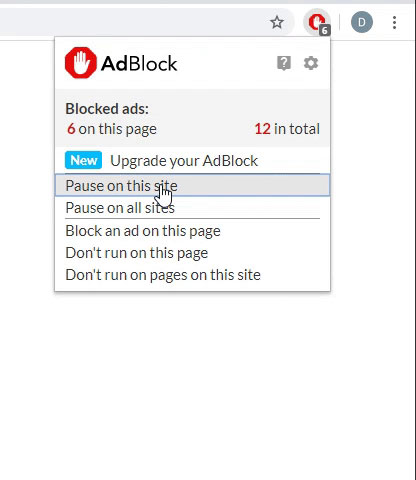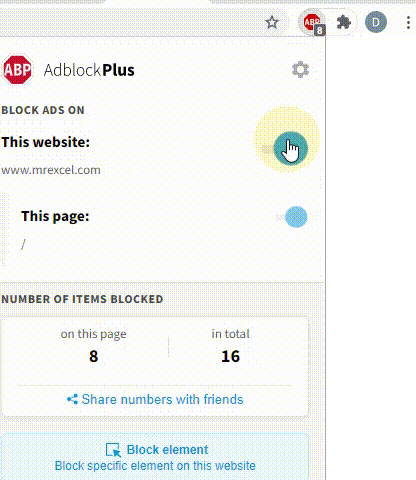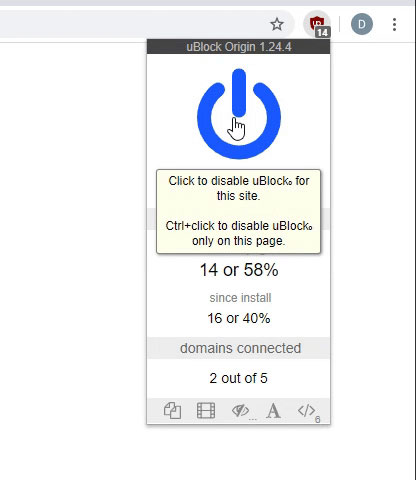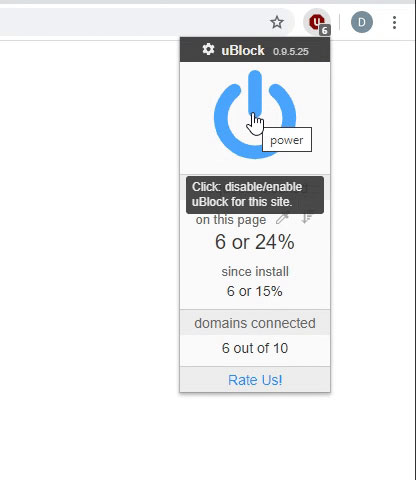-
If you would like to post, please check out the MrExcel Message Board FAQ and register here. If you forgot your password, you can reset your password.
Duplicates find / delete
- Thread starter Manolocs
- Start date
Manolocs,
1. What version of Excel, and, Windows are you using?
2. Are you using a PC or a Mac?
To start off, and, so that we can get it right on the first try:
Can you post a screenshot of the actual raw data worksheet?
And, can you post a screenshot of the worksheet results (manually formatted by you) that you are looking for?
To post a small screen shot (NOT a graphic, or, picture, or, PNG/IMG file, or, flat text) try one of the following:
There are several methods. Here are 3 for you to investigate.
Excel Jeanie
Download
Borders-Copy-Paste
http://www.mrexcel.com/forum/about-board/444901-how-create-table-like-aladin.html#post2198045
MrExcel HTML Maker
If you do not know how to install and how to use HTML Mr.Excel Maker
https://www.youtube.com/watch?v=JycvgGppxt0&feature=youtu.be
To test the above:
Test Here
Or, you can post your workbook/worksheets to the following free site, and provide us with a link to your workbook:
https://dropbox.com
1. What version of Excel, and, Windows are you using?
2. Are you using a PC or a Mac?
To start off, and, so that we can get it right on the first try:
Can you post a screenshot of the actual raw data worksheet?
And, can you post a screenshot of the worksheet results (manually formatted by you) that you are looking for?
To post a small screen shot (NOT a graphic, or, picture, or, PNG/IMG file, or, flat text) try one of the following:
There are several methods. Here are 3 for you to investigate.
Excel Jeanie
Download
Borders-Copy-Paste
http://www.mrexcel.com/forum/about-board/444901-how-create-table-like-aladin.html#post2198045
MrExcel HTML Maker
If you do not know how to install and how to use HTML Mr.Excel Maker
https://www.youtube.com/watch?v=JycvgGppxt0&feature=youtu.be
To test the above:
Test Here
Or, you can post your workbook/worksheets to the following free site, and provide us with a link to your workbook:
https://dropbox.com
Upvote
0
Manolocs
Active Member
- Joined
- Mar 28, 2008
- Messages
- 340
@Hiker95, thank you for your reply and your time, sorry if is missing some value information, I have both Mac and Windows the spreadsheet below is saved in Mac.
https://dl.dropboxusercontent.com/u/14313867/FilterDeleteRows.xlsm
https://dl.dropboxusercontent.com/u/14313867/FilterDeleteRows.xlsm
Upvote
0
Manolocs,
Thanks for your workbook/worksheet.
Here is a macro solution for you to consider, that does not do any looping in your raw data rows, and, uses columns C, and, D, as a work area.
In column C, beginning in cell C3, I am concatenating A3 and B3.
In column D, I am putting a countif formula that will result in an error #N/A if the count is greater then 1. And, using specialcells, we delete any row in column D that contains the error #N/A.
Your raw data's last used row is 835. After the macro the last used row is 437.
I have no experience with a Mac, but, the macro is nothing fancy, and, you should give it a try in a copy of your workbook.
Please TEST this FIRST in a COPY of your workbook (always make a backup copy before trying new code, you never know what you might lose).
1. Copy the below code
2. Open your NEW workbook
3. Press the keys ALT + F11 to open the Visual Basic Editor
4. Press the keys ALT + I to activate the Insert menu
5. Press M to insert a Standard Module
6. Where the cursor is flashing, paste the code
7. Press the keys ALT + Q to exit the Editor, and return to Excel
8. To run the macro from Excel press ALT + F8 to display the Run Macro Dialog. Double Click the macro's name to Run it.
Before you use the macro with Excel 2007 or newer, save your workbook, Save As, a macro enabled workbook with the file extension .xlsm, and, answer the "do you want to enable macros" question as "yes" or "OK" (depending on the button label for your version of Excel) the next time you open your workbook.
Then run the DeleteDuplicates macro.
Thanks for your workbook/worksheet.
Here is a macro solution for you to consider, that does not do any looping in your raw data rows, and, uses columns C, and, D, as a work area.
In column C, beginning in cell C3, I am concatenating A3 and B3.
In column D, I am putting a countif formula that will result in an error #N/A if the count is greater then 1. And, using specialcells, we delete any row in column D that contains the error #N/A.
Your raw data's last used row is 835. After the macro the last used row is 437.
I have no experience with a Mac, but, the macro is nothing fancy, and, you should give it a try in a copy of your workbook.
Please TEST this FIRST in a COPY of your workbook (always make a backup copy before trying new code, you never know what you might lose).
1. Copy the below code
2. Open your NEW workbook
3. Press the keys ALT + F11 to open the Visual Basic Editor
4. Press the keys ALT + I to activate the Insert menu
5. Press M to insert a Standard Module
6. Where the cursor is flashing, paste the code
7. Press the keys ALT + Q to exit the Editor, and return to Excel
8. To run the macro from Excel press ALT + F8 to display the Run Macro Dialog. Double Click the macro's name to Run it.
Code:
Sub DeleteDuplicates()
' hiker95, 11/09/2015, ME900715
Dim lr As Long
Application.ScreenUpdating = False
With Sheets("Sheet1")
lr = .Cells(Rows.Count, 1).End(xlUp).Row
With .Range("C3:C" & lr)
.Formula = "=A3&B3"
.Value = .Value
End With
On Error Resume Next
With .Range("D3:D" & lr)
.Formula = "=IF(COUNTIF($C$3:C3,C3)>1,#N/A,"""")"
.Value = .Value
.SpecialCells(xlCellTypeConstants, xlErrors).EntireRow.Delete xlUp
End With
.Range("C3:D" & lr).ClearContents
End With
Application.ScreenUpdating = True
End SubBefore you use the macro with Excel 2007 or newer, save your workbook, Save As, a macro enabled workbook with the file extension .xlsm, and, answer the "do you want to enable macros" question as "yes" or "OK" (depending on the button label for your version of Excel) the next time you open your workbook.
Then run the DeleteDuplicates macro.
Upvote
0
Manolocs
Active Member
- Joined
- Mar 28, 2008
- Messages
- 340
@hiker95 Very sorry for the delay, your Macro works perfect, I had to try in Windows version, because in Mac version, Excel crashes when running, probably is because I had 25K rows, in Windows version, the result came at 14K but I am still have many differences to clean manually, some of them because the cells are not identical, commas, spaces etc. Anyway help a lot and performed very well, Thank you very much save me a lot of work.
Upvote
0
in Mac version, Excel crashes when running
Manolocs,
I have no experience with a Mac.
help a lot and performed very well, Thank you very much save me a lot of work.
Thanks for the feedback.
You are very welcome. Glad I could help.
And, come back anytime.
I had 25K rows, in Windows version, the result came at 14K but I am still have many differences to clean manually, some of them because the cells are not identical, commas, spaces etc.
Can I see your actual 25K rows workbook/worksheet that runs on a PC?
You can post your workbook/worksheets to the following free site (sensitive data changed), and provide us with a link to your workbook:
https://dropbox.com
Upvote
0
Peter_SSs
MrExcel MVP, Moderator
- Joined
- May 28, 2005
- Messages
- 65,979
- Office Version
- 365
- Platform
- Windows
Does this also work for you?
Rich (BB code):
Sub NewList()
Range("A2:C2").Formula = Array("Name", "Number", "=COUNTIFS(A$2:A3,A3,B$2:B3,B3)=1")
Range("A2", Range("B" & Rows.Count).End(xlUp)).AdvancedFilter Action:=xlFilterCopy, CriteriaRange:=Range("C1:C2"), CopyToRange:=Range("E2"), Unique:=False
End Sub
Upvote
0
Peter_SSs
MrExcel MVP, Moderator
- Joined
- May 28, 2005
- Messages
- 65,979
- Office Version
- 365
- Platform
- Windows
.. or you may want this expanded code to highlight numbers for the second & subsequent identical names.
Rich (BB code):
Sub NewList()
Range("A2:C2").Formula = Array("Name", "Number", "=COUNTIFS(A$2:A3,A3,B$2:B3,B3)=1")
Range("A2", Range("B" & Rows.Count).End(xlUp)).AdvancedFilter Action:=xlFilterCopy, CriteriaRange:=Range("C1:C2"), CopyToRange:=Range("E2"), Unique:=False
With Range("F3", Range("F" & Rows.Count).End(xlUp))
.FormatConditions.Delete
.FormatConditions.Add Type:=xlExpression, Formula1:="=E3=E2"
.FormatConditions(1).Font.Color = vbRed
End With
End Sub
Upvote
0
Similar threads
- Question
- Replies
- 3
- Views
- 84
- Question
- Replies
- 6
- Views
- 173
- Replies
- 6
- Views
- 134
- Replies
- 30
- Views
- 1K
- Replies
- 7
- Views
- 455





